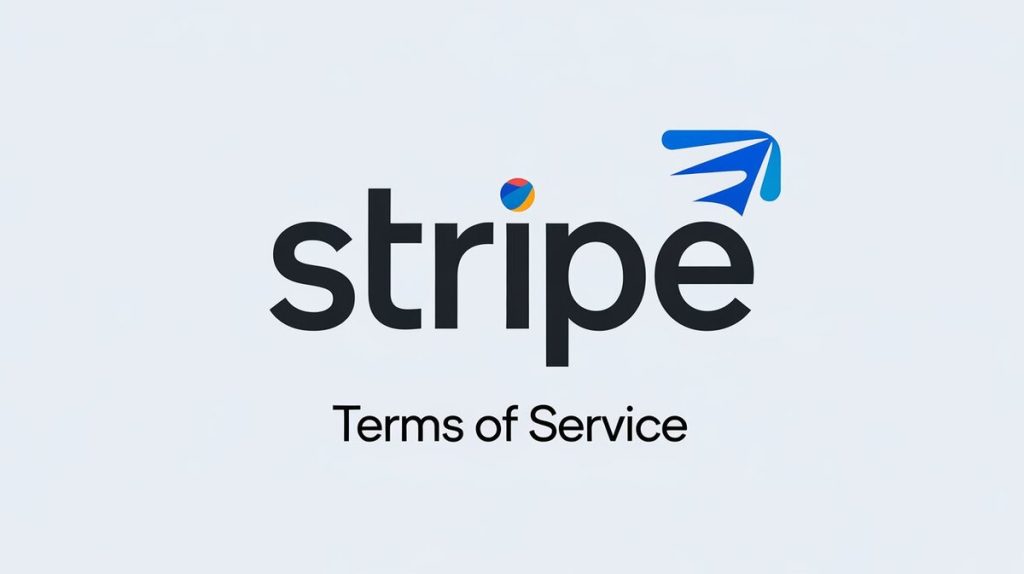Many businesses rely on Stripe for processing payments, but some encounter problems when Stripe determines they don’t meet its terms of service. This article outlines the reasons behind such rejections, how to respond, and what alternatives businesses can explore.
Why Stripe Rejects Certain Businesses
Stripe processes payments globally, but like all payment processors, it must comply with financial regulations. It assesses businesses for financial risk, fraud, and regulatory concerns. Stripe’s rejection of businesses often revolves around risk management, focusing on industries it considers high-risk or prone to legal issues.
1. High-Risk Industries
Stripe restricts industries with higher fraud risks or legal complications. These include:
- Multi-level marketing
- Cryptocurrency exchanges
- Pharmaceuticals
- Adult content platforms
- CBD products
Businesses in these categories have higher rates of chargebacks and financial instability. Data from payment industry reports shows that high-risk businesses experience chargeback rates exceeding 1%, compared to a typical rate below 0.5%.
2. Fraud Concerns
Stripe monitors transactions to identify fraud risks. High-risk businesses are often prone to fraudulent activities. Visa data shows fraud can account for 5% of total global revenue for companies in these sectors. Stripe uses fraud detection measures to prevent illegal activities and minimize financial exposure.
Table 1: Examples of High-Risk and Restricted Businesses
| Industry | Common Reasons for Rejection | Average Chargeback Rate (%) |
|---|---|---|
| Multi-Level Marketing | High probability of customer disputes | 1.5 |
| CBD Products | Legal ambiguity and shipping issues | 2.0 |
| Adult Entertainment | Legal risk | 3.0 |
| Pre-sales and Crowdfunding | Non-delivery risk | 2.5 |
| Cryptocurrency Exchanges | Fraud and money-laundering concerns | 4.0 |
3. Incomplete or Inaccurate Information
Many businesses are rejected due to inaccurate account setup. This includes providing incomplete information or using generic URLs instead of a business domain. These actions can signal illegitimacy.
Avoiding Rejection:
- Keep your website professional and functional.
- Provide clear customer support details.
- Ensure your business details are accurate and up-to-date.

What to Do If Your Account Is Rejected
Stripe’s rejection doesn’t mean your business cannot process payments. Here’s what you can do:
1. Appeal the Decision
Contact Stripe and provide further details or documents to clarify your business model. If you haven’t violated their terms or engaged in fraudulent activities, you might be able to resolve the issue.
2. Find Alternative Payment Processors
If Stripe maintains the rejection, you can switch to a different payment processor. Merchanto.org, an official VISA and MasterCard partner, provides solutions for businesses in high-risk sectors. Merchanto.org focuses on chargeback prevention, which is critical for businesses at risk of frequent disputes. More details can be found here.
Preventing Account Suspensions
Businesses can avoid account suspension by following Stripe’s guidelines. Here are some practical steps to avoid issues:
- Review Stripe’s list of restricted businesses regularly.
- Keep your transaction history clean by minimizing chargebacks.
- Follow anti-fraud practices.
Table 2: Stripe’s Key Risk Factors for Account Suspension
| Risk Factor | Description |
|---|---|
| High Chargeback Rate | More than 1% of transactions flagged as chargebacks |
| Misrepresentation of Services | Not delivering services as promised |
| Poor Business Information | Incomplete or incorrect account setup |
| Legal or Reputational Risk | Operating in a controversial industry |
| Violation of Anti-Fraud Laws | Engaging in activities that violate local or international laws |
Chargeback Prevention
Chargebacks are one of the main reasons businesses are flagged. A chargeback is a dispute initiated by a customer when they challenge a transaction. For high-risk businesses, chargeback rates often exceed 1%, while regular businesses maintain rates below 0.5%. Excessive chargebacks not only cause revenue loss but can also lead to account suspension.
According to Mastercard, global chargeback costs amount to over $20 billion annually. To prevent this, businesses should:
- Provide clear product descriptions.
- Use fraud detection tools.
- Offer strong customer service to address disputes before they escalate.
Exploring Alternatives to Stripe
If your business doesn’t meet Stripe’s requirements, other payment processors may be more accommodating.
1. Braintree
Owned by PayPal, Braintree is flexible with high-risk businesses. It supports international payments and offers fraud protection tools. Its system is designed for businesses that may have trouble with Stripe.
2. Checkout.com
Checkout.com provides customizable payment solutions for businesses in high-risk industries, including e-commerce and digital services. It partners with various financial institutions to ensure transactions are secure.
3. Adyen
Adyen offers global payment solutions with a strong focus on fraud detection and financial risk management. It’s particularly popular among high-risk industries such as retail, travel, and digital services.
Table 3: Payment Processor Comparison for High-Risk Businesses
| Processor | Key Features | High-Risk Business Support |
|---|---|---|
| Stripe | Machine learning fraud detection, user-friendly API | Limited |
| Braintree | PayPal integration, flexible for high-risk sectors | Moderate |
| Checkout.com | Customizable solutions, supports high-risk industries | High |
| Adyen | Comprehensive fraud detection, global reach | High |

Final Takeaways
When Stripe rejects a business for not meeting its terms, it’s usually related to industry risk, fraud concerns, or incomplete business data. Businesses facing these issues should appeal or switch to another processor.
To prevent future rejections, keep your account information accurate and ensure compliance with fraud prevention practices.
By proactively managing your payment processing strategy and staying compliant with industry regulations, you can minimize disruptions to your business and maintain consistent cash flow.
This article is structured to clearly present facts about Stripe’s terms of service and how businesses can react if they face rejections. Three tables are included for clarity, offering direct comparisons and examples of key points.



